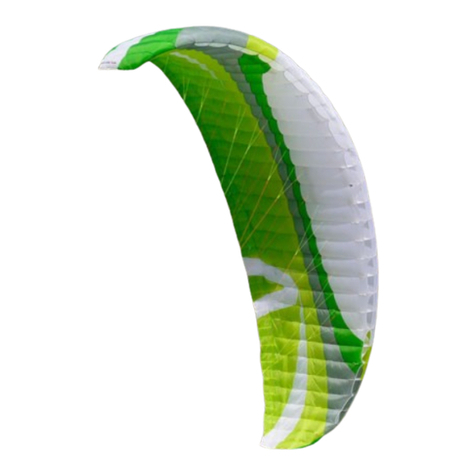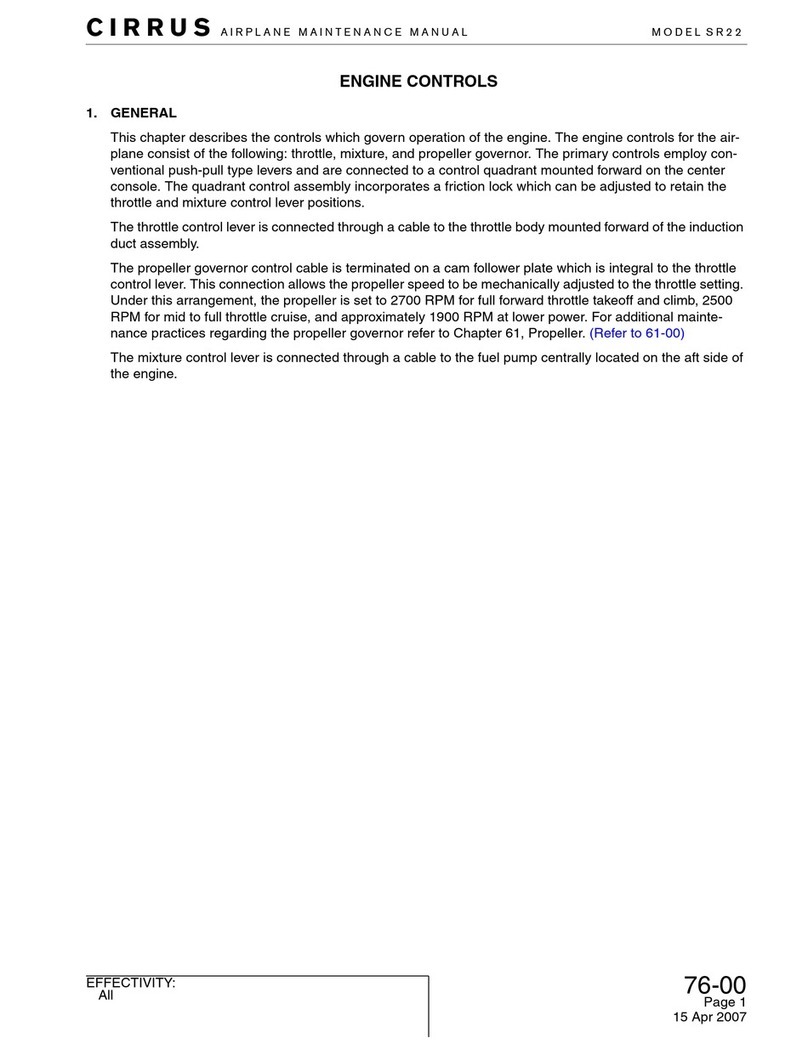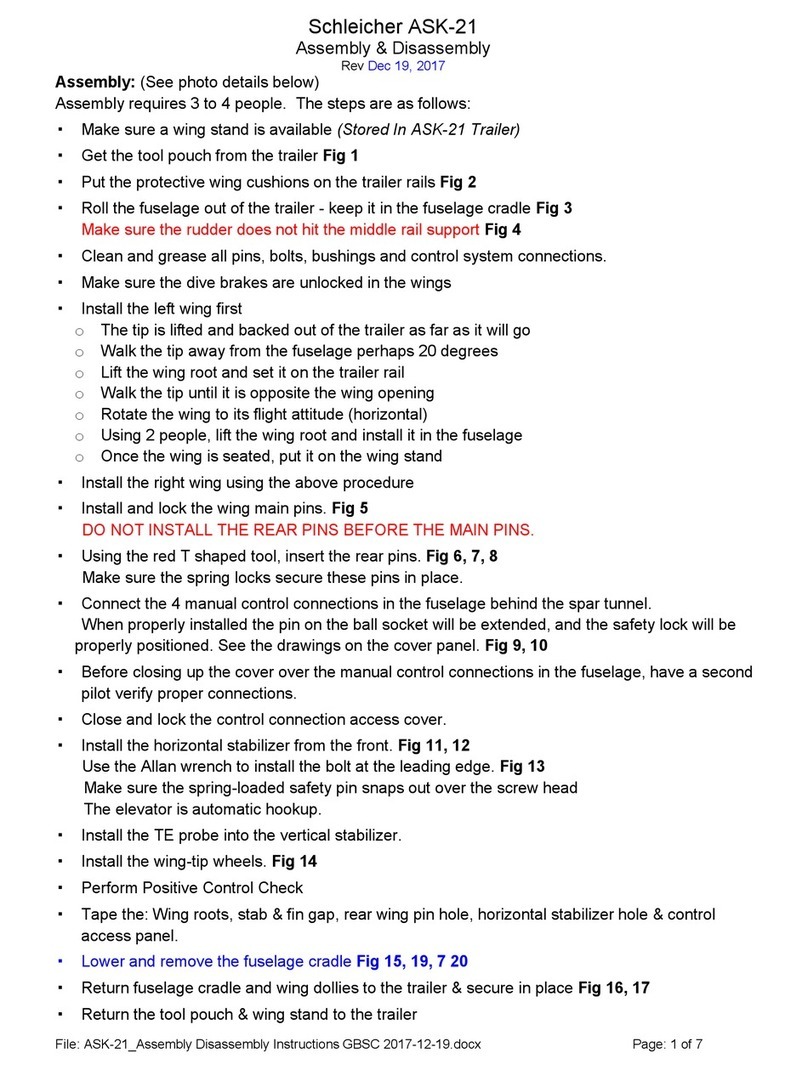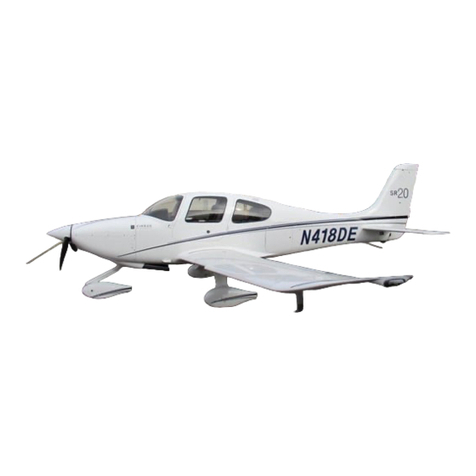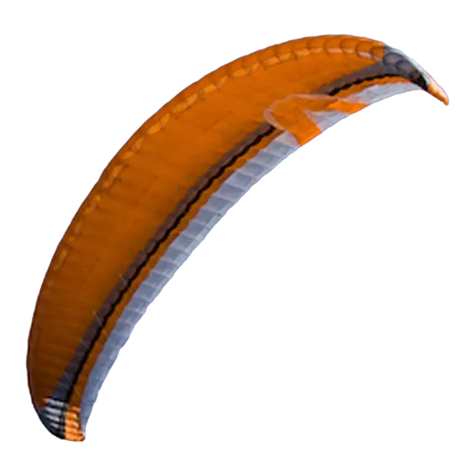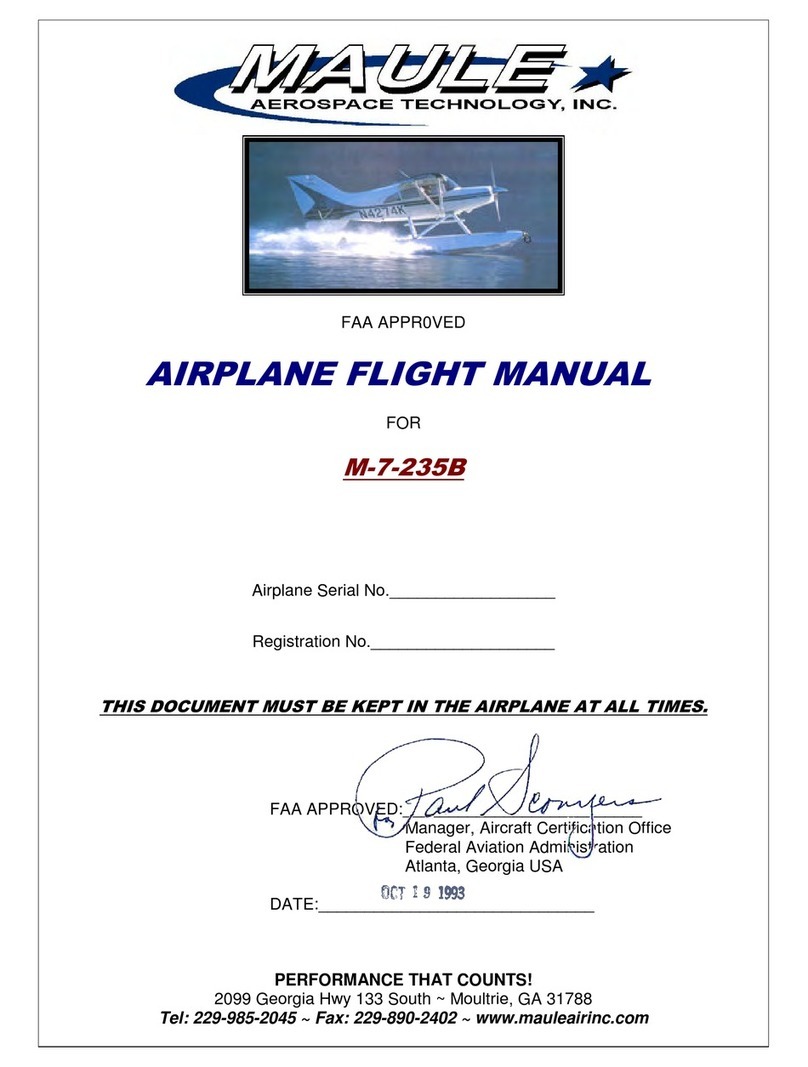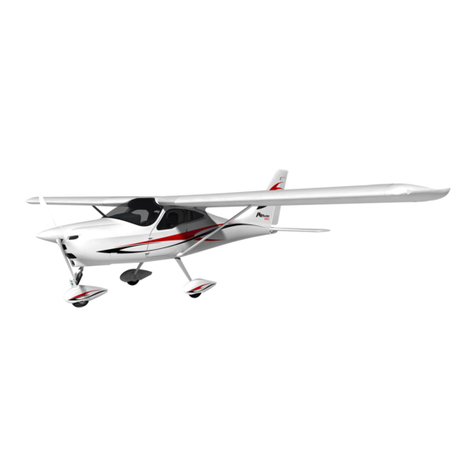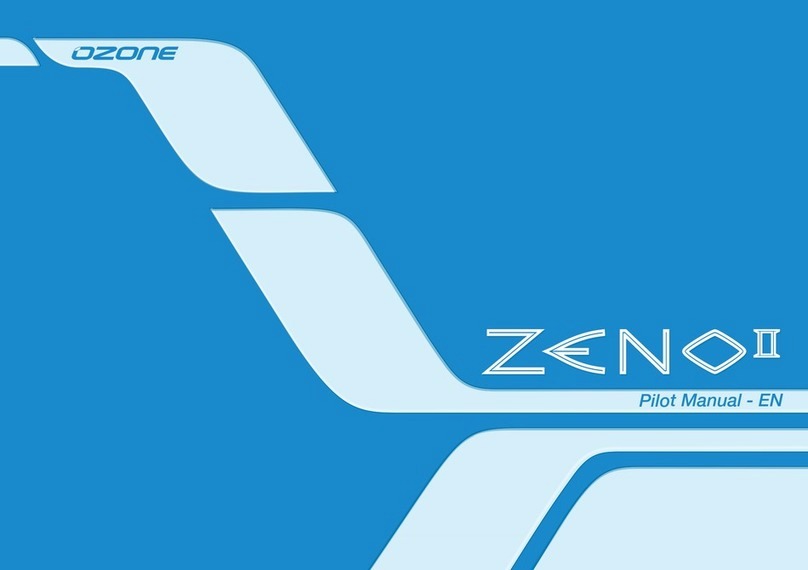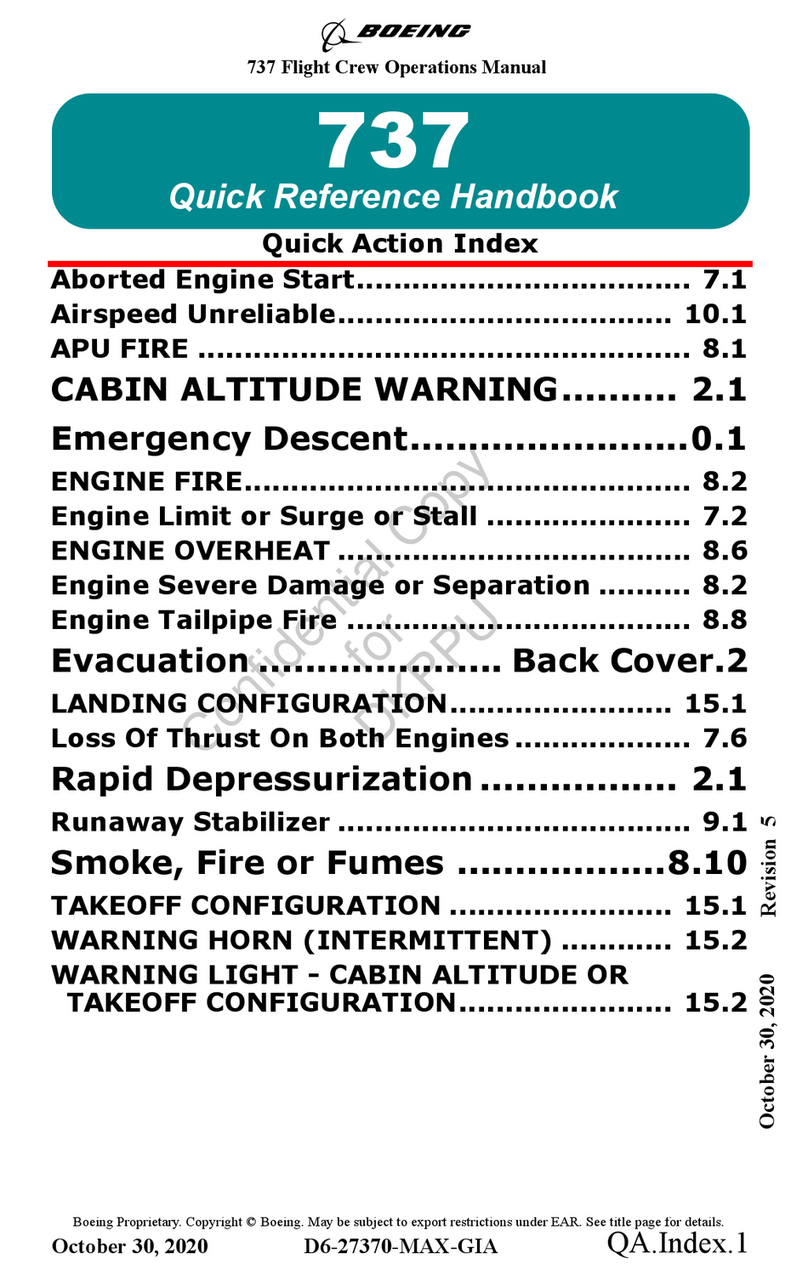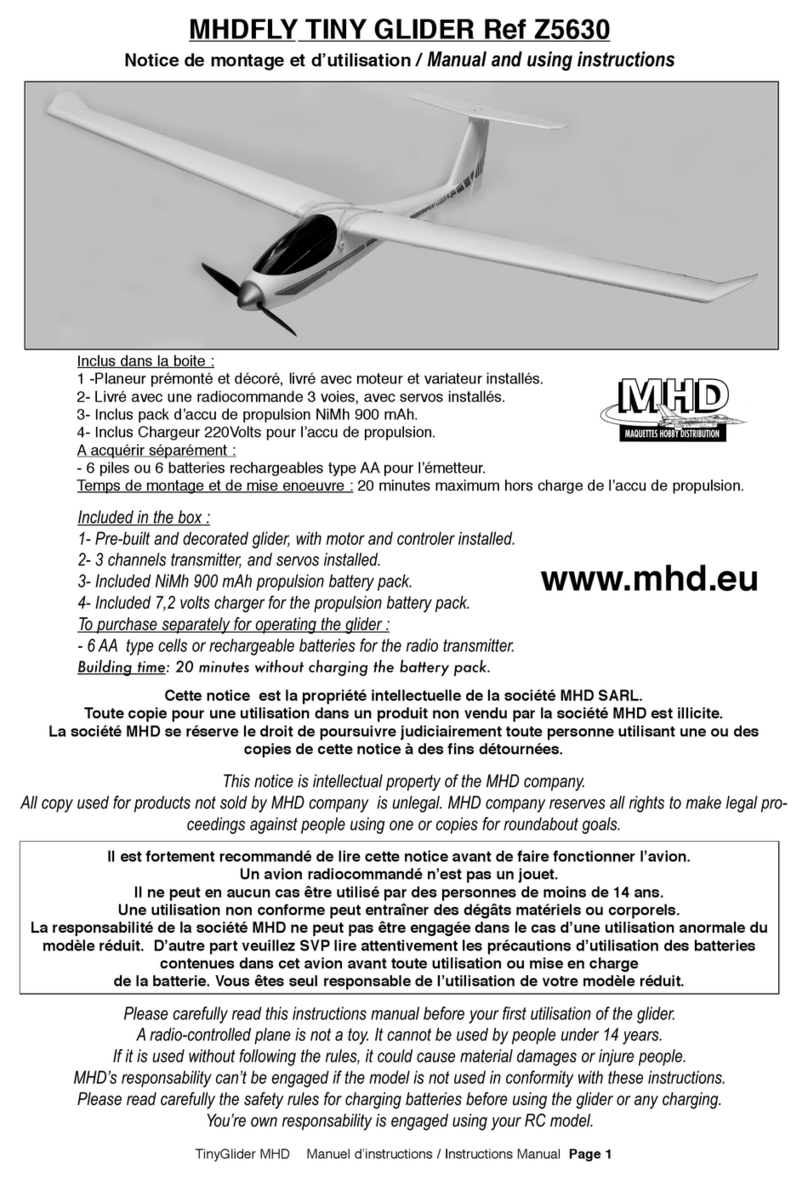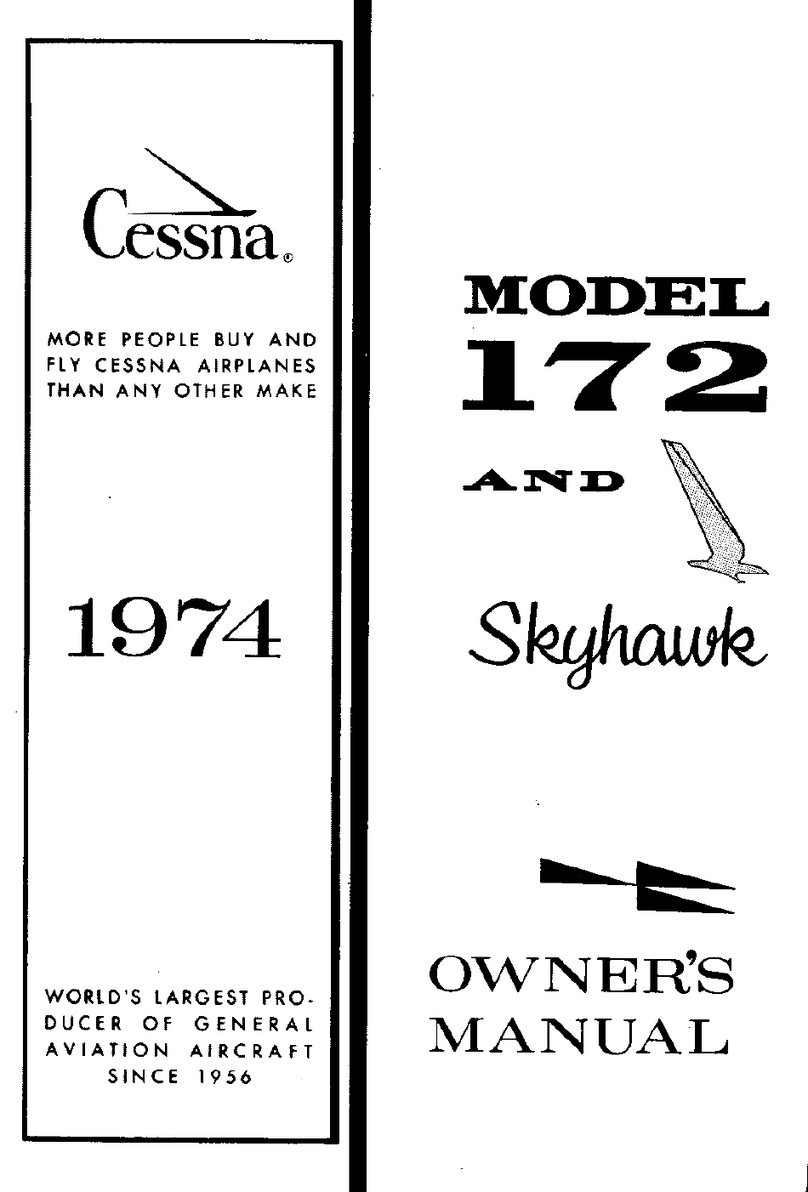Pro Built GILES 202 User manual

1
Pro Built ARF kit :-
G
GI
IL
LE
ES
S
2
20
02
2
-
-
3
35
5
%
%
-
-
9
93
3”
”
(
(
2
2.
.3
36
6
m
m
)
)
A
As
ss
se
em
mb
bl
ly
y
I
In
ns
st
tr
ru
uc
ct
ti
io
on
ns
s

2
Specifications
Wingspan 93 inches ( 2.36 m )
Length 82 inches ( 2.08 m )
Wing Area 1560 sq. inches
Weight 22 – 23 Lbs ( 10.0 – 10.5 Kg )
Recommended Engine size -
60 to 80 cc gasoline – 35 to 60 cc glow engine .
( Not over 6 Lbs or 2.75 Kg weight )
Additional equipment required
Computer Radio with at Least 8 channels
2 Elevator servos minimum 100 oz/in. of torque each.
2 or 4 aileron servos, total torque required not less than 120 oz./in. per wing..
Rudder servo(s) at least 180 oz./in. (see text).
Throttle servo.
Radio operated engine kill switch or servo operated choke strongly suggested .
Single or dual radio battery packs at least 1650 mah total.
Switch[es] for receiver batteries.
Miscellaneous servo extensions..
High strength pushrods, carbon fiber reinforced suggested.
For Gas engine - Gasoline resistant fuel tank and lines with filler system.
3.5 inch wheels for main landing gear, 1.5 inch tail wheel.
3/16 inch axles for main landing gear.
5” spinner – Strongly suggest Tru-Turn alloy for required true - balance .
Heavy duty control horn set (3 or 4 sets required)
Please remember, this is a big airplane with high stresses on the controls. You must use
high performance servos, pushrods, linkages, horns, etc.
Flexing in linkage or loose hinges can and will cause flutter of the control surfaces which
will destroy the airplane in just a few seconds. Metal gear servos are required. Proper
installation of hinges is critical.

3
Table of Contents
1 Open and Inspect
2 Preparation and Improvements
3 Mount the Engine
4 Hinge the control surfaces
5 Mount the hatch and canopy
6 Mount the horizontal tail plane
7 Install control horns
8 Install servos
9 Install landing gear
10 Install fuel tank and fuel system **
11 Fit radio equipment **
12 Hook up throttle control linkage **
13 Fit wings
14 Check centre of gravity
15 Set control throws
16 Quick Start Guide
17 Warranty Information
** These Items require user supplied materials and creativity. These steps
assume that the user will be installing mounts, retainers, and other
assemblies to suit his particular building style. For example no servo mount
is supplied for the throttle, we have no way of knowing what type of engine
you will use or what is the best location for the throttle servo.
be happy to try to try to answer your questions.

4
1. Open and Inspect contents
This section should be fairly self explanatory.
In the large box you should have a fuselage with hatch., wing tube and dual stab tubes, the
elevator/stab assemblies, the rudder, cowl, wheel pants, canopy, and a package with the land-
ing gear, tail wheel bracket and miscellaneous nuts and bolts. Use some acetone on a rag to
clean the glue off the tubes. Under all of this is a false floor, and under that you will find the
wings with ailerons attached. The hinges are installed in the elevators and ailerons, but they
are not glued, you have to do that. The hinges for the rudder are in the hardware pack. We
have had good luck with two part Epoxy glues, as they fill any voids hinges and their sockets
.Wipe off any excess with Methalyted spirits before epoxy sets. The wings and ailerons are
made of sheeted foam, so be sure not to use any type of glue which might dissolve the foam.
Check everything for shipping damage and/or manufacturing defects. If there is a problem,
report it to us NOW, not after you start building the plane.
Read the quick start guide at the end of this manual first. It has
helpful hints and any errata corrections that may be available.
Before proceeding to any assembly, now is a good time to go over the whole plane and fix
any cosmetic flaws. Some cosmetic flaws are to be expected, this fact is reflected in the price.

5
2 Preparation and Improvements
There are a few areas where, at this unassembled stage, you can improve the final results of
your assembly project. There are many items that cannot be addressed on the assembly line
due to cost and possibly because not every improvement would be welcomed by every
builder. Here are a few items that have come up over time.
Go over the covering with a heat gun or iron. The covering tends to get loose over time
and with changes in temperature and humidity. It may have come out of the box with
wrinkles, I can assure you it did not go into the box that way.
Clean out the hinge holes. Without removing any wood, use a very sharp X-acto knife and
remove any covering that may have been pushed into the hinge holes. It is very important
that the glue sticks to the wood and not to the covering.
Hardening holes. The fuselage sides on this plane are made of balsa which in certain areas
is doubled by lite ply.
Using wood screws in balsa is difficult because balsa is very soft. It’s a good idea whenever
you drill a hole that must accept a wood screw to put a drop of thin CA into the hole and
then if necessary re-drill the hole. The CA will wick into the wood and harden it, adding
strength in that area.
Rudder servo tray. The rear rudder servo tray is not supported properly at the rear edge,
which causes rudder deflection to be less positive than it could be. This can be corrected by
adding a support across the bottom of the tray (1/8” x 3/4” balsa should do it) that attaches to
the fuselage sides.
3. Mount the Engine
The first thing to do, before anything else goes in the fuselage, is to get the engine mounted
and aligned with the cowl.. This is the hardest and most time consuming step in building this
plane. If you can do this everything else should be easy. Do this first before you hinge the
rudder.
Note that the firewall already has a proper amount of right thrust built in, do not use any
other offsets. When you shim the engine out from the firewall use shims of equal thickness
on all 4 corners so that you do not introduce any other thrust angles.
If you are using a twin, you have it easy. Set the engine on the firewall in approximately the
center. Mount the cowl using all 6 - 4mm screws.
To be sure that the cowl is in the right location. Move the engine around until the prop shaft
is centered in the cowl ring.
You can judge this better by putting the spinner back plate over the prop shaft. Once you are
satisfied with the location, remove the cowl (without moving the engine) and mark and drill
the firewall.
Table of contents
